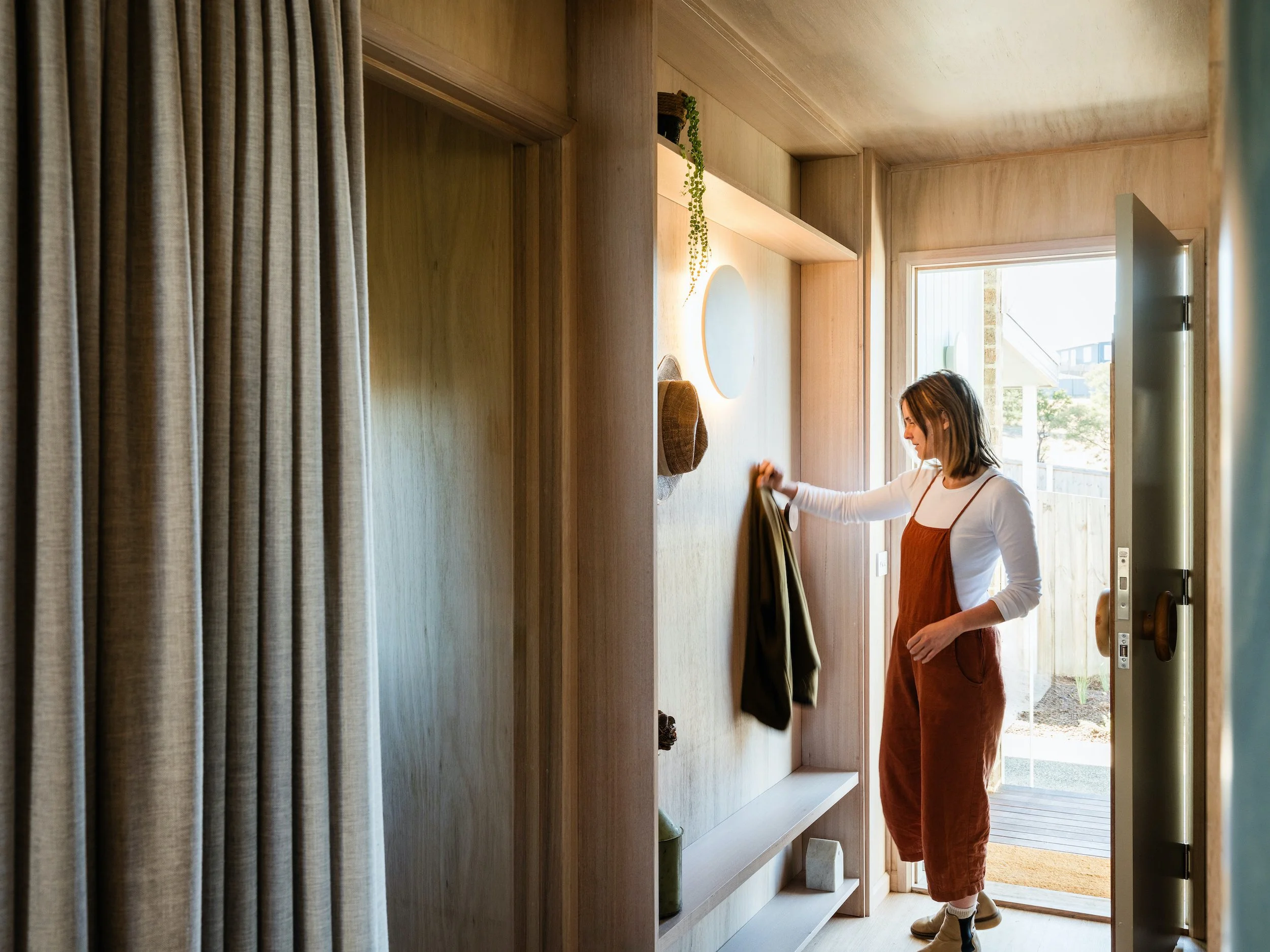
Trauma-Informed Design
Healing and connection through architectural colour design
Where Current Design Falls Short
Most buildings are not designed with the nervous system in mind.
Every colour choice, material, and spatial cue has the potential to either regulate or overload the people who move through them.
Designers are often asked to create spaces for “everybody,” but that usually translates into neutral palettes and environments that can unintentionally mirror institutional settings.
The result is spaces that feel cold, unsafe, or emotionally flat for the very people they are meant to support.
Trauma-Informed Design for All Settings
Trauma-informed design isn’t limited to just crisis or care settings. It’s relevant anywhere humans interact with buildings and each other.
My philosophy of Place Based Colour Design is entirely in alignment with Trauma Informed Design. Colour, light, and spatial design all send signals: Am I safe here?
Architecture can be the first point of contact for traumatised people to cultivate or rebuild a sense of safety and connection.
Trauma-Informed Design in Action
Working with Core Collective, Christopher Clinton Architects and SBLA Studio, Lymesmith developed a Trauma Informed approach to colour and materiality for prototype houses for the Hobart Women’s Shelter.
When we designed the Hobart Women's Shelter houses, we knew they should be unlike ‘regular’ rental homes or shelter accommodation. It was important that the homes signified a 'new start' for the women and their children, offering them a break from institutional settings that had made them feel unsafe, anxious or uncared for.
Shortlisted - 2024 Architecture Au, Social Impact Awards
Commendation - 2025 Interior Architecture, Tasmanian Architecture Awards
Hobart Women’s Shelter
“I think being able to be in the kitchen and still be connected with everyone and everything else makes it feel homely. When I walked in here without any of my stuff, it also felt homely. Straight away, I wanted to be here, and I could have just been in here when it was empty, and it would have felt homely. So I don’t know what that is, coziness and all of the colours and the wood and the texture are everything I like. If I was choosing to make a house, I would do it like this. ”
Explore How Trauma-Informed Design Applies to Your Projects
If you’re curious about bringing trauma-informed principles into your work or want to understand how colour can create safer, more grounding environments, complete the Client Enquiry Form.





